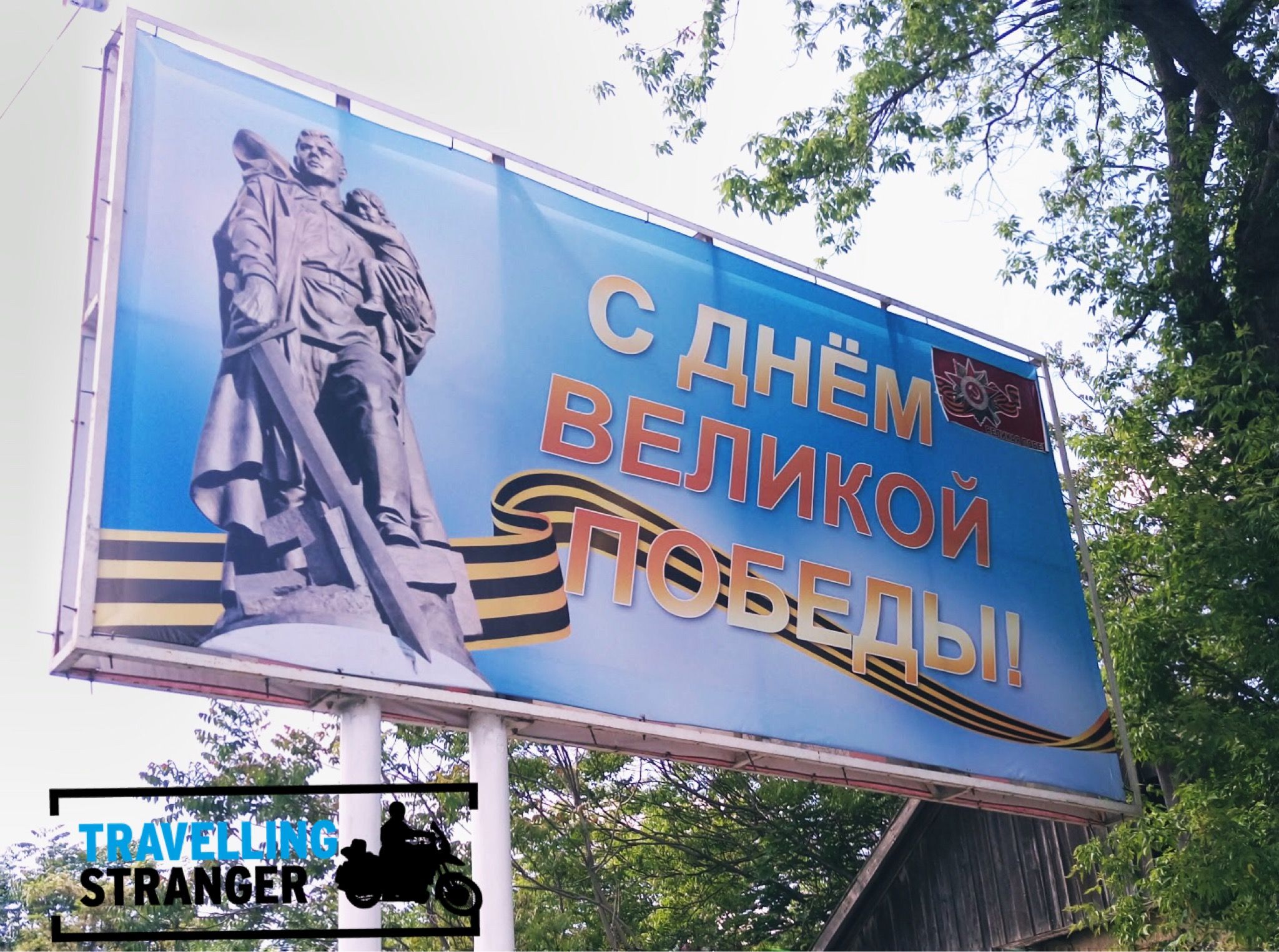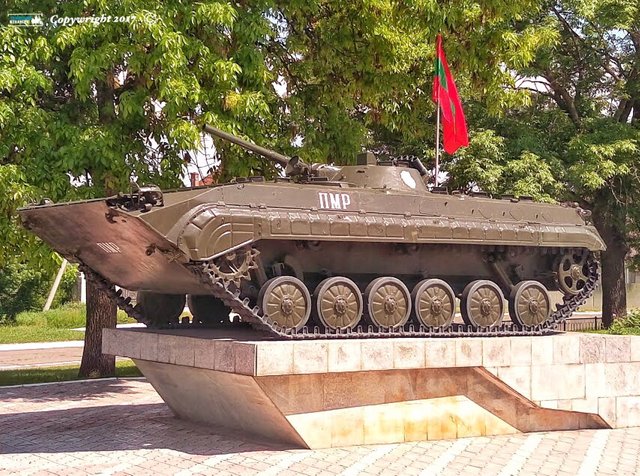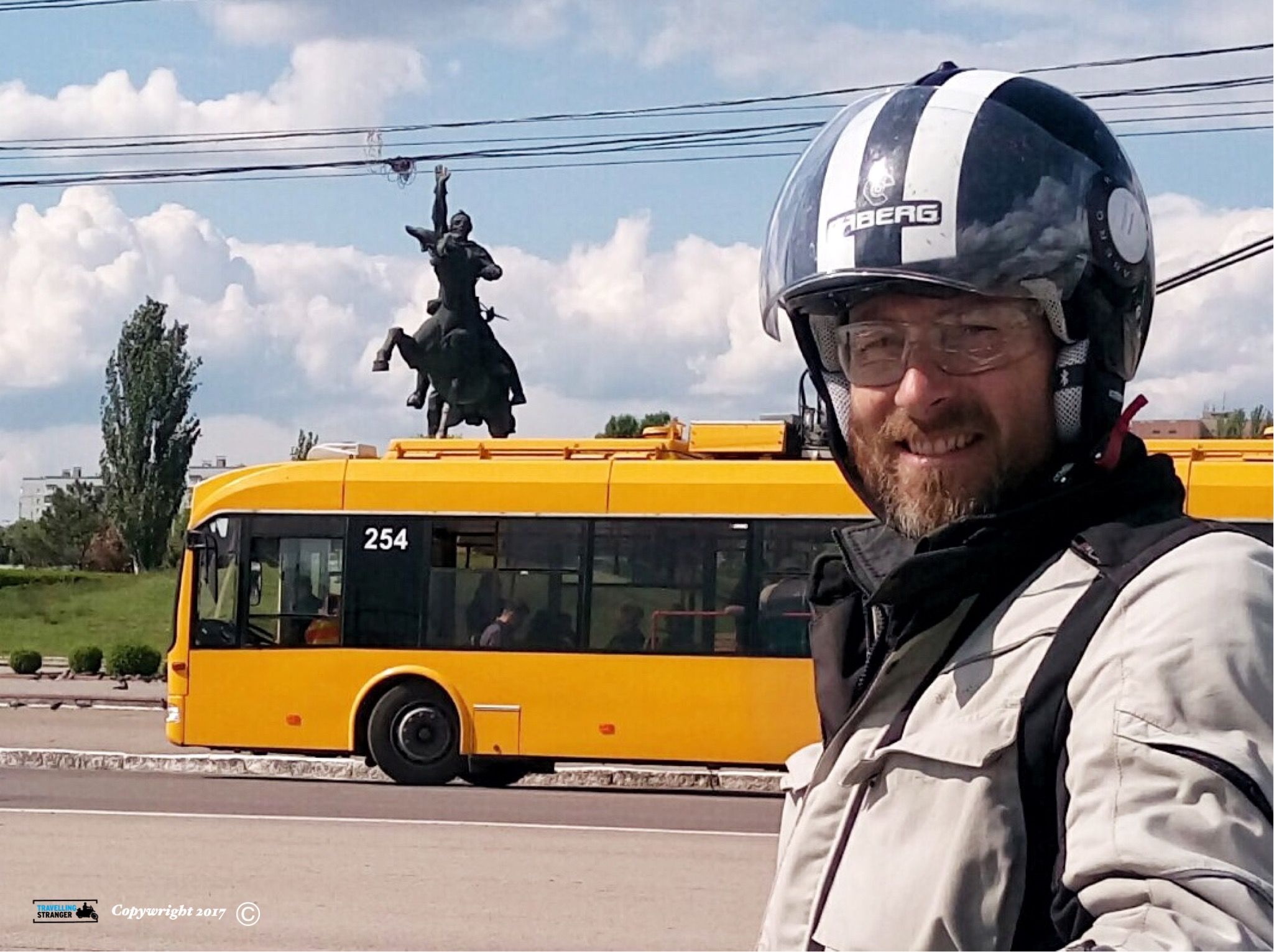
Hello my Steeming Pals!
The Setting
There are several things in life many people choose voluntarily not to see and consequently deny. For example, matters relating to debt, addiction, sometimes love and, for some, the lunar landing too. Arguably however, the most intriguing cases of mass denial might be those related to entire countries. Some countries in fact are unacknowledged by the greater part of the international community and remain practically invisible to the world at large!
It's true that there are several examples of “break away” territories, disputed areas of unresolved or frozen conflict (call them what you will), within which a permanent sense of political and military limbo nullifies any real sense of sovereignty. Sometimes these areas declare their autonomy to the globe but de facto they remain without UN representation and fail to play any part in international organisations or treaties. Transnistria, on the border between Moldavia and Ukraine, is one of these invisible countries.
The Border
I got to the western Transnistrian border on my motorcycle feeling a little apprehensive but also excited and eager to discover what layed ahead. I could see the barrier to the break away territory several hundred metres in the distance but was forced to stop well before by smartly dressed uniformed officials bearing European Union insignia on cap and sleeve.
“Do you know what lies ahead?” I was asked in English
“I believe so” I replied
“You will be entering a disputed territory”
“Yes, I am aware”
“Are you also aware that you will have no road insurance, medical cover, telephone cover, limited police assistance…?”
“Ehrrr, really? No, wasn’t totally aware”
“You will have to buy insurance and there is more than just a chance that you’ll be asked for a bribe. Turn back and cross the border to Ukraine further south and avoid Transnistria all together. It’s is the safer option”
I had come this far and had no intention on missing out on Transnistria.
“Thank you but I’ll continue on my chosen route to the barrier ahead” I said.
The official smiled in acknowledgement and nodded. He took my passport details, shook my hand and wished me good luck.

Slowly, I rolled to the barrier in the distance. Stern looking Transnistrian guards wearing Soviet era uniforms with huge pizza sized flat caps greeted me at their imaginary, yet very real border. In English they barked the entrance procedures to their make-believe country. I listened in solemn silence, then payed 15 Euro for third party insurance and was given a transit permit with instructions to leave the “Pridnestrovian Moldavian Republic” (Transnistria) later that very same day. “Good luck” said the Transnistrian official as he handed me back my passport and gestured me to move along.

Inside Transnistria
Tiraspol is the so called capital of Transnistria. It wasn’t far from the border and the road that led me there was smooth and impeccably maintained. As I approached the small city I noticed bright Soviet style propaganda all around me to admire. There were monuments advertising past Red Army grandeur and banners in remembrance of the Great Patriotic War. In a small square, a shiny armoured personnel carrier was parked by a plaque like some dubious work of art. Often there were hammers and sickles on billboards to admire as well.
Then, as I rode through the streets of the town, stone busts of "comrade Lenin" adorned the front of government buildings, or any building for that matter that had a hint administrative significance. I remember feeling rather uneasy with all the grim nostalgia that these icons of the past imposed.

My foreign numberplate did not go unnoticed for very long. As I rode around in an uncertain way looking for photo opportunities I was accosted by a couple of guys who introduced themselves as fellow bikers. One rode a Suzuki the other a Honda. A little banter broke the ice and suspicion soon faded away. In no time I was in conversation, laughing and sipping coffee with Andrei and Ivan at a local caffe. During our chat I learned about problems with money grabbing police and the difficulties of living in a place that nobody formally recognises or really cares much for either. Apparently, even obtaining a passport there was awkward.
My Impressions
So my Steeming Pals, in brief, during the few hours I spent in Tiraspol it was definitely Andrei, Ivan and their acquaintances that made the difference. They were friendly and seemed to take a real interest in my visit and trip. I received an offer of a place to stay for the night, suggestions of venues for good food and hot spots for drinks in the evening. People seemed genuinely warm and for a while my mind was taken away from insisting Soviet paraphernalia.
All in all Transnistria was a very safe, interesting experience and and I think I would return to spend more time there if given the opportunity. A little longer than just an afternoon for sure. However, there was something about the place that kept me constantly on edge. In the back of my mind I couldn’t help wondering who was really in charge of this fictitious country and whether there was any real rule of law. The presence of Soviet symbols everywhere brought on thoughts of repression, control and restraint on personal freedom. It was a bit unsettling.
Some Facts
After the dissolution of Soviet Union, a slither of land the East of the river Dniester on the Moldavian borderlands close to Ukraine declared their independence from Moldavia in September 1990 and set up a utopian state modelled on old Soviet Communist rule (it collapsed very quickly). Tensions with the Moldavian government subsequently increased to the point of conflict in 1992 which saw a Moldavian army backed by Romania on one side exchange blows with rebel militia and Russian forces on the other. The cease fire of July of 1992 has since held and although some autonomy has been granted to the breakaway territory it remains to be seen how long the status quo will endure.

The population of Transnistria is approximately 470,000.
The language is the local variation of Romanian.
The currency is the Transnistrian Ruble.
Transnistria has its own government, police and armed forces.
There are several non recognised countries similar to Transnistria in the world. These include, but are not limited to, Nagorno-Karabakh, Abkhazia and South Ossetia. The last two are both situated within the territory of Georgia in the Caucasus.
Downvoting a post can decrease pending rewards and make it less visible. Common reasons:
Submit
It's an interesting place for sure.🙂
Downvoting a post can decrease pending rewards and make it less visible. Common reasons:
Submit
The @OriginalWorks bot has determined this post to be original and upvoted it.
Downvoting a post can decrease pending rewards and make it less visible. Common reasons:
Submit
Cool.....good to know 😅
Downvoting a post can decrease pending rewards and make it less visible. Common reasons:
Submit